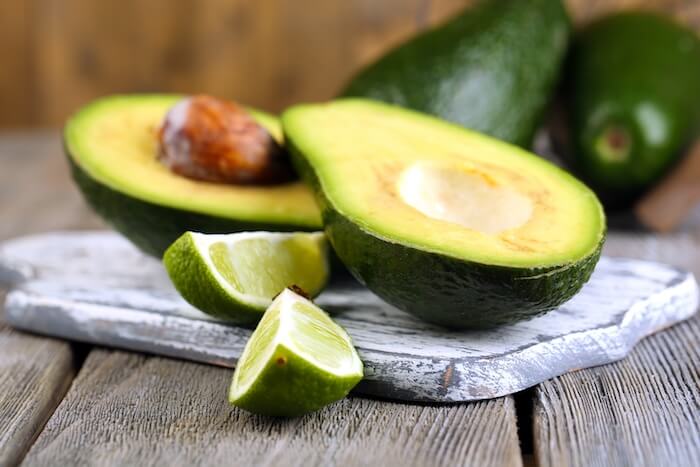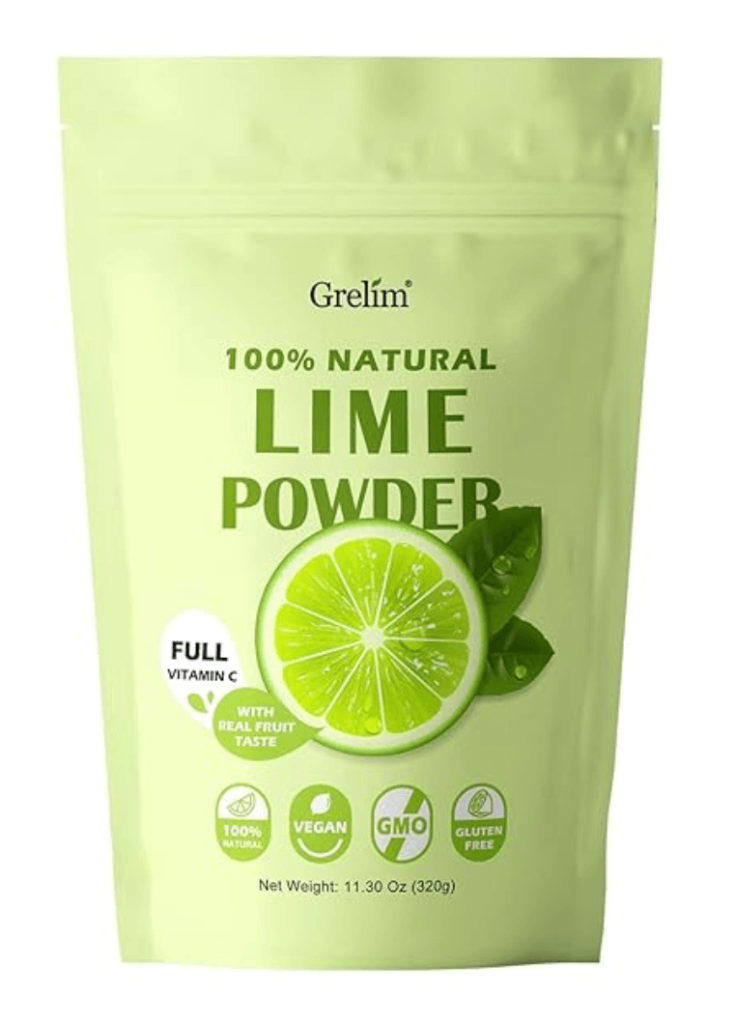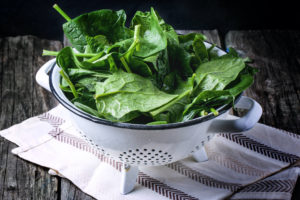Eating fruit is a great way to fuel the body with important nutrients that help strengthen immunity and fight disease. While apples are the fruit associated with keeping the doctor away, many others fill the bill. One of the most underrepresented? Limes. A little green fruit from the citrus family, limes have much to offer in the way of benefits and versatility. So what exactly makes these tart wonders special? And how can you enjoy them best? The answers explain why giving limes a regular place in your diet may be one of the most fruitful things you can do for your health — and tastebuds.
Why Limes?
It’s no surprise that limes, like all citrus fruits, boast high levels of immunity-boosting vitamin C. What may surprise you is how high. One lime contains roughly 19.5 milligrams, nearly a third of the recommended dietary allowance. Plus, you can reap vitamin C benefits from every part of the lime: the juice, pulp, and peel. Limes also pack a punch in other nutrients, outranking their sister citrus fruit lemons in vitamin A, calcium, copper, and phosphorous.
Besides vitamins and minerals, limes are rich in flavonoids, limonoids, kaempferol, and quercetin–antioxidants that help lower inflammation and destroy free radicals, which can damage cells and cause heart disease, diabetes, and cancer. In addition, limes help the body absorb iron from plant-based foods, like leafy greens, according to the Cleveland Clinic. Studies have even shown eating limes may help reduce kidney stones.
If those aren’t reasons enough to add limes to your routine eating plan, limes make you look younger, too. That’s because limes help encourage collagen production, which promotes healthy skin as you age. A good source of fiber, limes help you feel good by keeping the digestive system working properly. With so many perks, finding ways to eat limes so you can enjoy them regularly is a worthy effort.

How to Enjoy Limes
No question, the edibility of limes differs from most fruits. As with lemons, you probably won’t grab a lime from the produce drawer of the fridge, peel it, and sink your teeth in like you might with other fruits. But you can enjoy limes in many unique ways with almost any meal. And you may discover that consuming lime is more pleasing than you ever knew.
First things first. When possible, buy limes in bulk. They’re inexpensive anyway, so a bag of limes won’t cost you much, and you’ll have them around for regular consumption. Be sure to wash and dry them before slicing them to clean off any bacteria that may be present on the peel and could transfer to the fruit from the knife.
There are several options for cutting a lime to consume. You can slice the fruit in half and use a handheld reamer or citrus juicer, which typically yields two tablespoons of juice per lime. Alternatively, you can slice wedges for squeezing and adding to soups, salads, fish, chicken, rice, corn, marinades, and guacamole. A squirt of lime juice can also keep avocados and other fresh produce from browning.
Looking for more texture? Remove the peel, chop, and toss fresh lime pieces into a fruit bowl, tuna salad, salsa, you name it. Limes pair well with almost any fare, from Mexican fajitas and tacos to Thai curries and noodle dishes to American soups, stews, and steaks.
They offer a tangy twist to many beverages, too. Drop a slice in iced tea, cranberry juice, or flavored lemonade for a citrusy zing. For those who don’t drink enough water, the CDC suggests the addition of lime or lemon can help boost taste and, consequently, water intake.
The sky’s the limit when it comes to eating and enjoying limes. Pick your preference; you can’t go wrong with this versatile crowd-pleaser.

What to Watch
Because limes have a potent taste, a little goes a long way for flavor enhancement. Too much lime can harm your tastebuds and harm the soft tissues in the mouth. If you overdo lime in a dish, try increasing another ingredient to balance out the flavors and make the dish more agreeable and gentler on the mouth.
Limes may also cause tooth sensitivity and increase the risk of cavities due to the acidic nature of the fruit. Protect your teeth by rinsing them with water after eating lime. If you have GERD or acid reflux, you may want to avoid eating limes altogether. Also, beware of any medications you take that could interact with lime, such as certain blood thinners and antibiotics. To be safe, check with a doctor before including this, otherwise, healthy fruit in your diet.
If you choose to consume lime in the form of juice, understand that not all lime juice is the same. Some have added sugars and other additives. Read labels so you know exactly what you’re drinking.
Limes are an excellent health food that can be as nutritious and disease-preventative as some of the most notable fruits. Don’t overlook the little green powerhouse. Its size may be small, but its benefits are big. Incorporate it into your diet and see what a difference lime makes to your health and eating pleasure.
Research:
Centers for Disease Control and Prevention, “Water and Healthier Drinks,” June 6, 2022, cdc.gov/healthyweight/healthy_eating/water-and-healthier-drinks.html.
Cleveland Clinic, “52 Foods High in Iron,” March 15, 2023, health.clevelandclinic.org/how-to-add-more-iron-to-your-diet/.
USDA FoodData Central, “limes, raw,” fdc.nal.usda.gov/fdc-app.html#/food-details/168155/nutrients.
YOU MAY ALSO LIKE:
5 WAYS TO STRECH AND REVIVE YOUR BUTT AFTER SITTING ON IT ALL DAY
By now, you’re probably aware that sitting is the new smoking — it’s truly been all over the news lately. Researchers…
HOW THE US HAS CHANGED THEIR EATING HABITS OVER THE YEARS
By Kevin Jones It’s no secret that the U.S. is one of the most overweight countries in the world. With 34.3 percent…
THE POWER OF POTASSIUM TO BOOST YOUR HEALTH
By Kristi Ganobsik Potassium is an electrolyte that helps balance your body fluids, but it’s not your average electrically charged particle….
WHO’S UP FOR VEGAN SUSHI?
Here is your tasty and healthy lunch. Needless to say, our Vegan Sushi was made with all vegan ingredients so no…
WHY SOME CALL TURMERIC A MIRACLE SPICE
Turmeric is a spice that is most widely recognized for its vibrant orange hue. Traditionally used in Asian cuisine such as…
EAT YOUR SPINACH!
Spinach is one of the most popular green leafy vegetables cultivated all over the world. It is believed that spinach originated…








